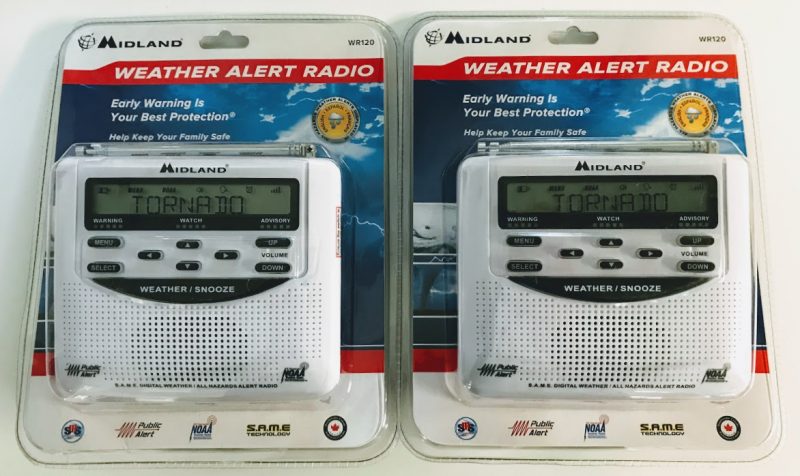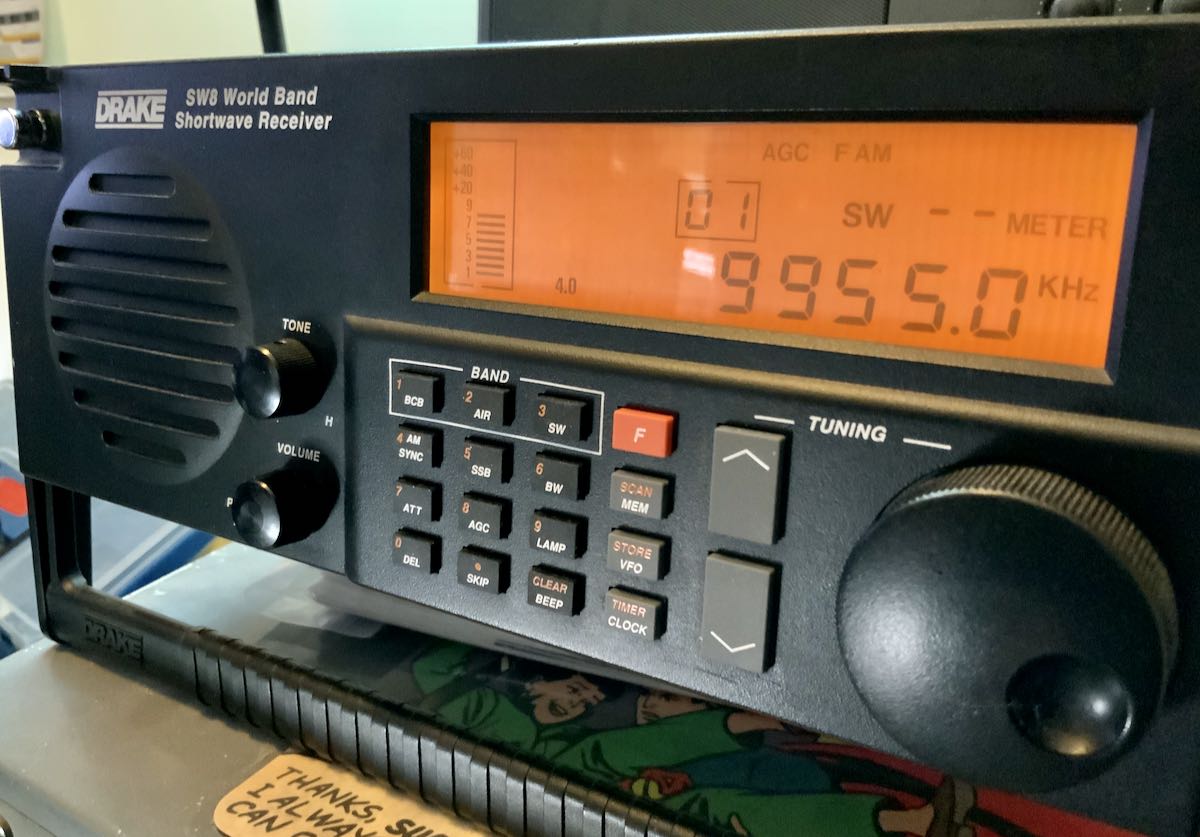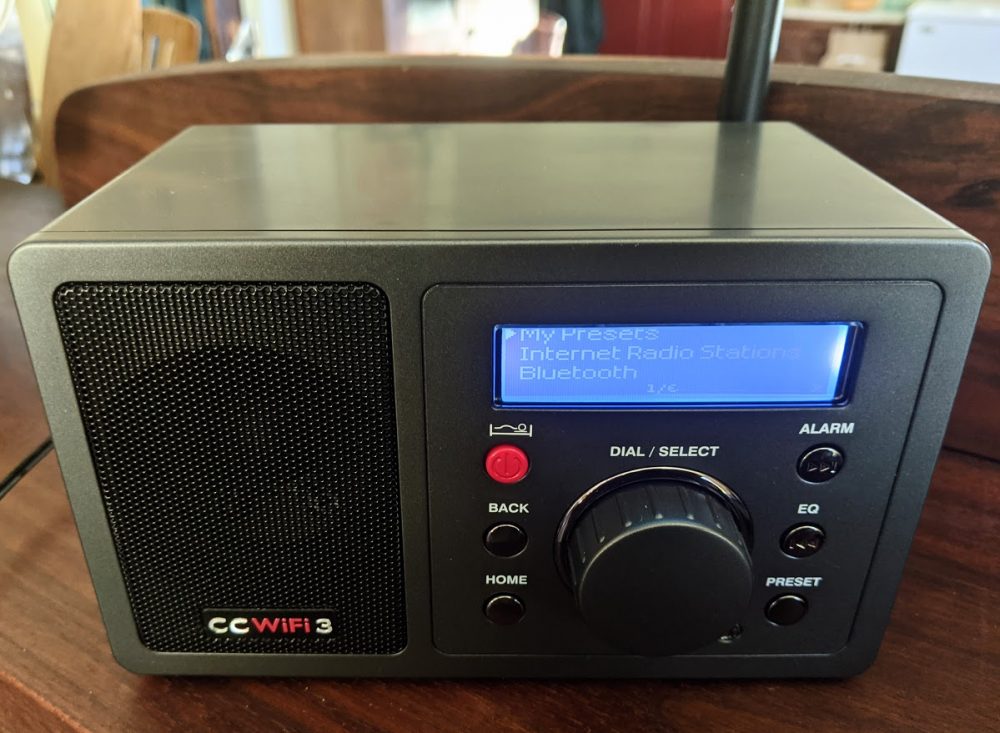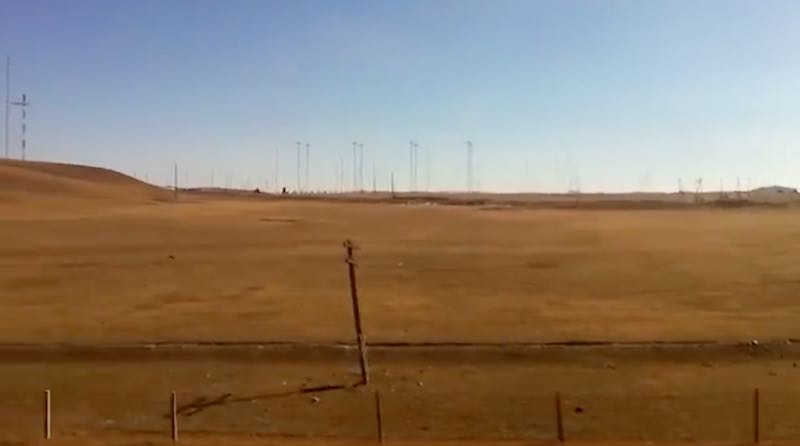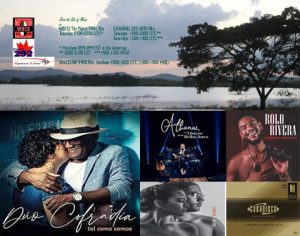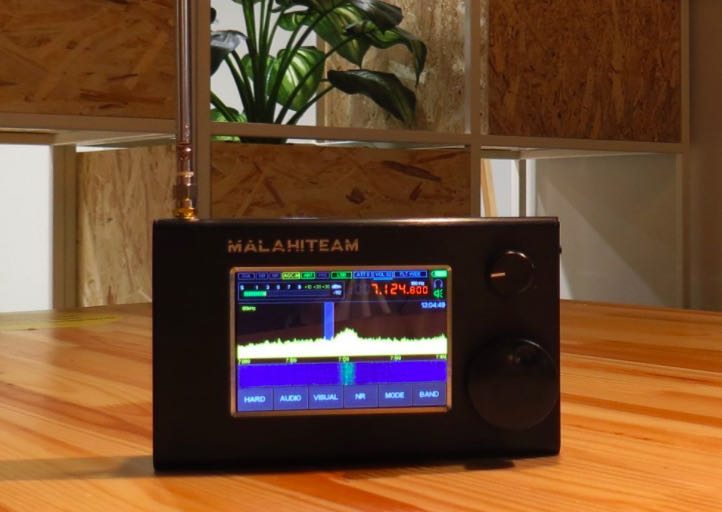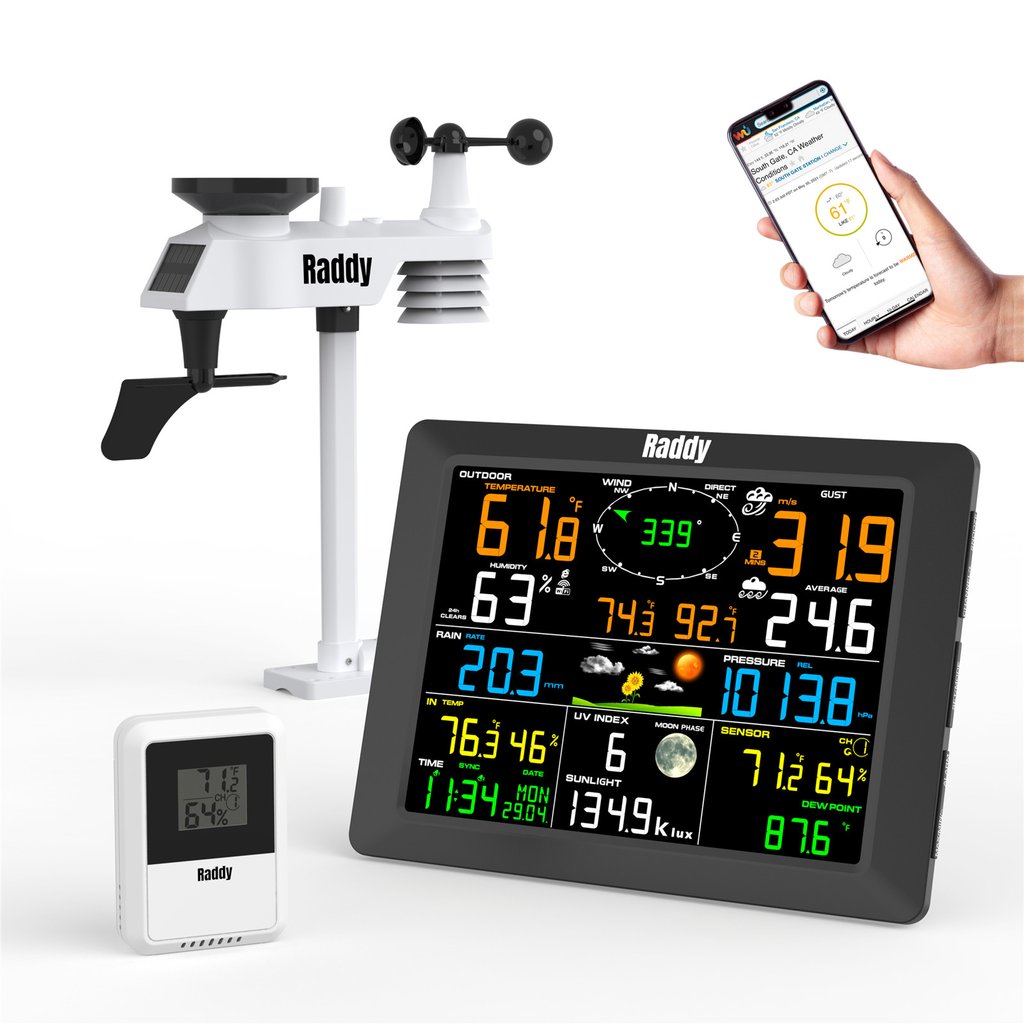 There are a few hobbies and activities that always seem to tie radio enthusiasts together: topics like aviation, astronomy, trains, languages/travel, and the weather.
There are a few hobbies and activities that always seem to tie radio enthusiasts together: topics like aviation, astronomy, trains, languages/travel, and the weather.
The weather is a big one for amateur radio operators because it’s often one of the ice-breakers used while connecting with a fellow operator over the air. I suppose it’s for this reason, I can’t remember a single Hamvention that didn’t include at least one vendor exclusively selling personal weather stations.
A few weeks ago, SWLing Post sponsor Radioddity reached out and asked if I would be interested in reviewing and evaluating a new weather station they’ve started selling.
My how times have changed…
I’ve always wanted a proper personal weather station with built-in automatic rain gauge and an anemometer to measure wind speed in real-time. Many years ago, we purchased a commercial-grade Davis weather station for my brother-in-law who is a complete meteorology/weather geek. If memory serves, the entire system cost well over $500, but the Davis is a station that’s robust enough that scientists purchase these for remote monitoring, and research.
My brother-in-law used this station for many years until he moved to a ground floor apartment where he simply had no way to install it. He gave it to me, but I never installed it at our house because doing so with wires would have been challenging and, frankly, not terribly neat–black wires would have been running along our our exterior walls.
I considered purchasing a wireless station, but many were either too expensive or I didn’t know the company well so questioned the quality.
Enter the Raddy WF-100C
I get a lot [understatement alert!] of requests to review products from various companies and decline almost all of them. The reason is, I’m not persuaded by free products and my time to actually do reviews is very limited and precious to me. I stick with reviews directly related to the radio world and products I feel might be useful to our community.
Continue reading →

